We’ve all got one – or a few – of ‘those’ players.
Did someone leave treacle or quicksand on the court? Or are those particular players just going through the motions at about 60%, giving the bare minimum of effort no matter how much you encourage and push?
We hear it from coaches all the time: “At training, my players have no intensity. What should I do?”
WANT 400+ NETBALL COACHING VIDEOS WITH LIVE INSTRUCTION? JOIN NOW!
It’s a tough one. Some players – even young ones – just naturally have that inner drive to push themselves to their absolute maximum at every session. For others, training is something they begrudgingly do because they know they have to in order to receive court time.
So how to narrow the gap between the two groups? Here are a few ideas.
MAKE IT A RACE
Most players demonstrate more intensity and effort at games – when there’s something on the line – than they do at training.
So why not make the results of training activities count for something?
When we run footwork and fitness sessions for large groups of players, there’s always a proportion of them who jog (rather than sprint) through cone courses, change direction half-heartedly and barely raise a sweat.
But put an identical cone course on the opposite side of the court, split the group into two teams and make them race through the courses in their teams, one player at a time, and you’ve never seen them move so fast!
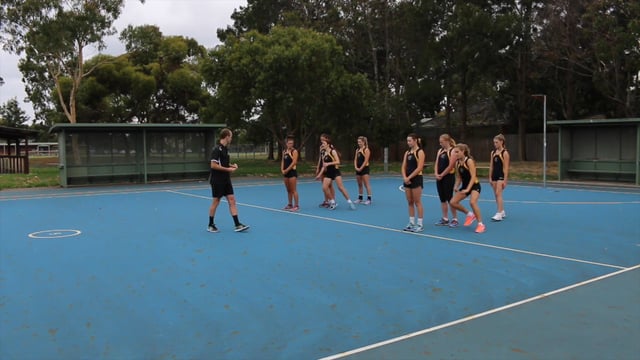
The chance to win something – and the desire to avoid being the weak link – is almost always enough to spur players to increase their effort.
Try it for yourself! Use our FOOTWORK CONE COURSE or FOOTWORK CONE COURSE 2, but set up two identical courses down each side of the court, with half of your players on each, and make them race, one at a time, to the end of the course and sprint back to tag their next teammate.
The key is to ensure each player still completes the drill/activity with good technique, rather than skipping sections or doing a movement incorrectly in order to be faster. A five-second time penalty for missing a cone can be a good deterrent.
ADD A TIME vs REPETITION ELEMENT
Whether you’re doing an individual, pair-based or team-based drill, you might get more out of your players if they’re told they need to complete as many repetitions of a certain activity/movement as possible, within a certain timeframe.
Of course, some players will cruise through it and do as few repetitions as they can get away with. So after the group has finished, give them a quick break and then surprise them with the news that they’ll be doing the drill/exercise again, and every player has to beat their result from the first attempt.
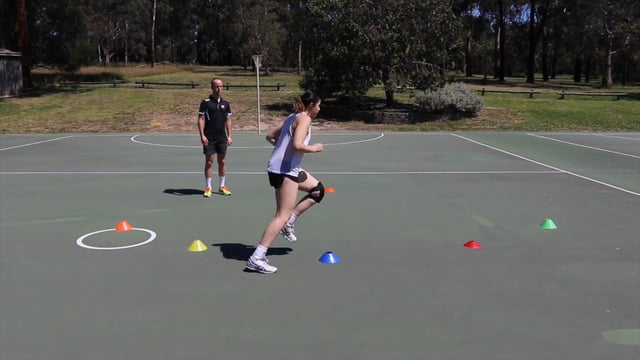
Want to really stretch them? Do it a third time, and ask them to beat their result from the second attempt.
Again, ensure the quality and the technique is still there.
‘BEST TRAINER’ PRIZE
A bit of positive reinforcement can go a long way.
Why not have a weekly ‘best trainer’ prize, for the player whose effort and intensity at training best demonstrates what you’re expecting from your team.
It shouldn’t be an award purely for the fittest or fastest players. Rather, use it as a way of recognising players who are elevating their effort each week. If a player who is usually unmotivated and lacking in intensity shows good signs of improvement, or has a great session, reward them for it, and then reinforce that they’ve just created a new benchmark for themselves, which they should aim to better next week.
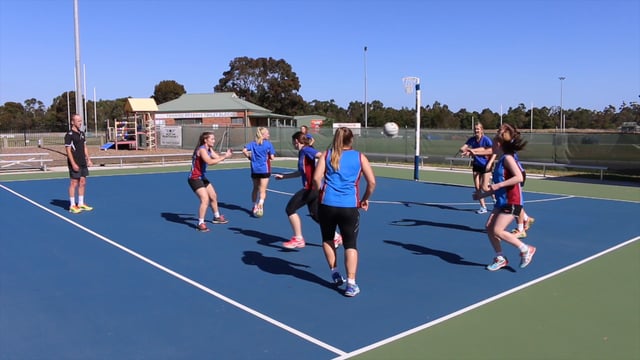
IS YOUR SESSION AS GOOD AS IT COULD BE?
It’s all well and good to demand effort and intensity from your players, but have you given them the best possible session?
Often we’ll reflect on a training session and recognise that some parts worked, while in other parts the players weren’t engaged or never seemed to move out of second gear. In the end, the quality of the session and how much the players get out of it is on you.
SIGN UP NOW TO ACCESS OUR HUGE LIBRARY OF NETBALL COACHING VIDEOS!
Make a note of which bits you could revamp for next time to try to improve players’ intensity and effort, and which parts you’ll use again because the players were right into it.
As a player, it’s hard to remain fully engaged if there’s a lot of standing around, so try to to keep as many players active at the same time as possible. Split them into smaller groups, if need be, so their breaks are shorter and they don’t have time to drift off.
Good luck!
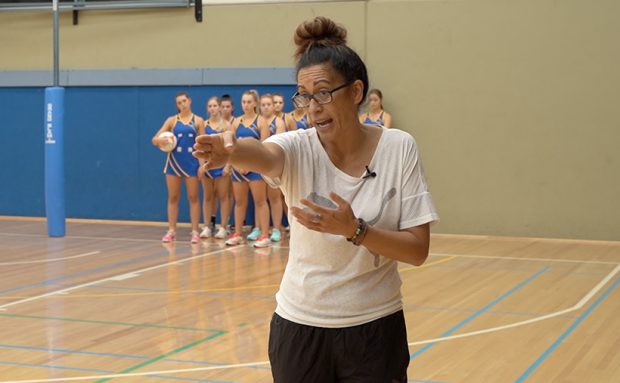
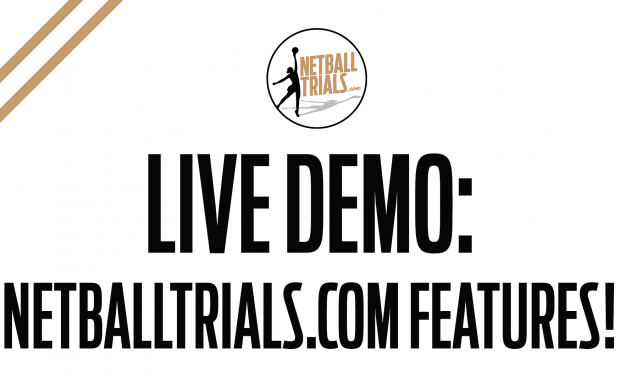
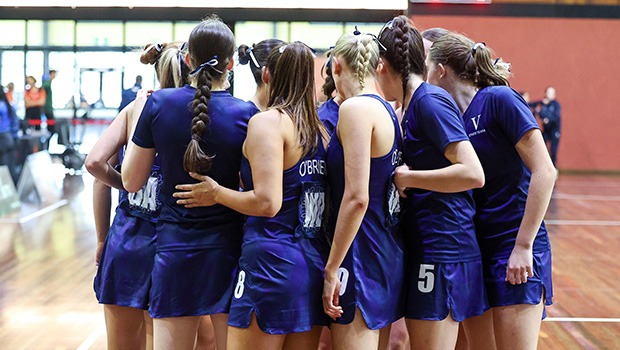
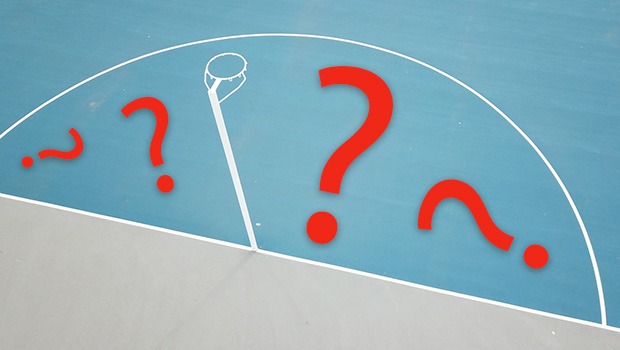
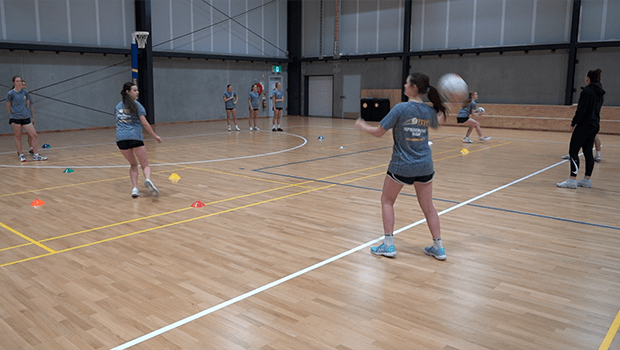
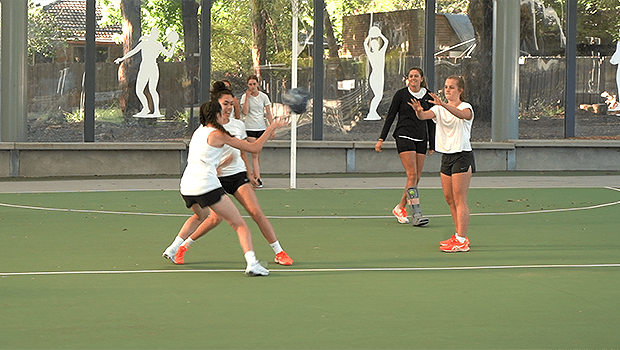
Love the idea of putting an identical course on the opposite side of the court. Will be trying this at training tonight 🙂